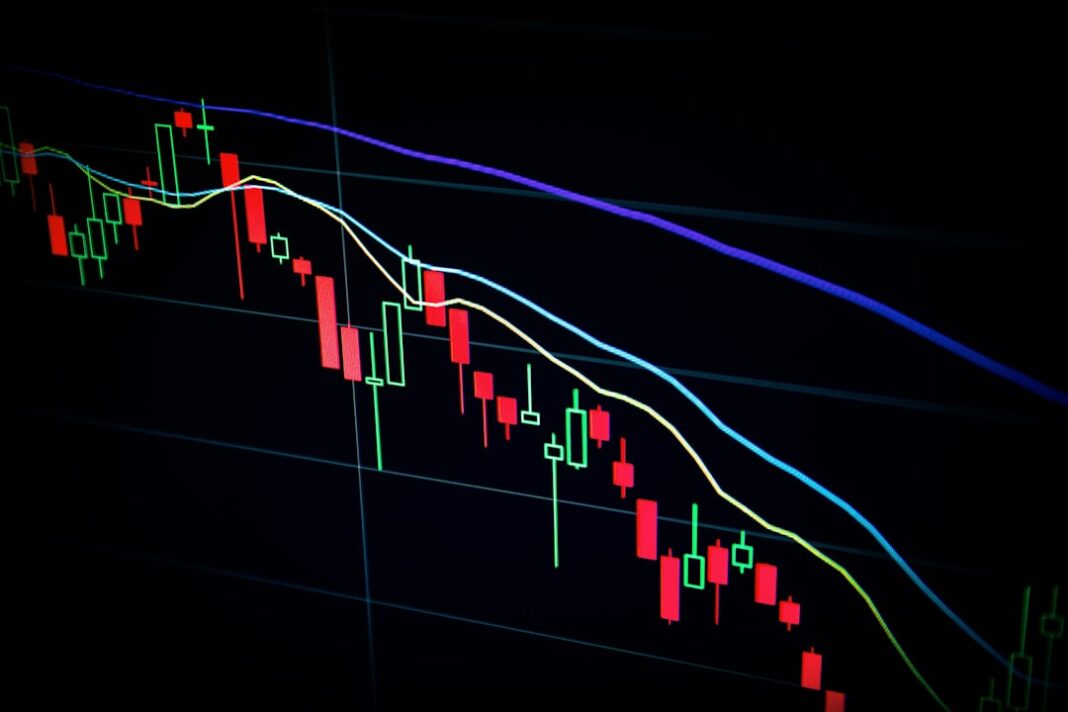The stablecoin landscape is undergoing a notable transformation as the long-standing dominance of Tether’s USDt and Circle’s USDC diminishes, with their combined market share now standing at 84%. This decline signals a significant shift away from what industry observers have termed a ‘stablecoin duopoly,’ reflecting growing diversification in the digital asset ecosystem.
While USDt and USDC continue to lead in terms of stablecoin inflows, their gradual loss of market share points to increased competition and adoption of alternative stablecoin offerings. Market analysts attribute this trend to evolving regulatory frameworks, technological advancements in blockchain infrastructure, and growing demand for specialized stablecoin solutions across different blockchain networks.
The changing stablecoin dynamics come at a crucial time for the cryptocurrency industry, as stablecoins play an increasingly vital role in facilitating trading, lending, and cross-border transactions. The emergence of new stablecoin projects with innovative features and enhanced transparency measures has provided market participants with additional options beyond the established leaders.
This market evolution suggests a maturing digital asset ecosystem where no single entity maintains overwhelming control, potentially leading to improved stability mechanisms and better risk distribution across the stablecoin sector. As the market continues to develop, industry participants are closely monitoring how this redistribution of market share will impact liquidity, pricing efficiency, and overall market resilience in the coming quarters.


